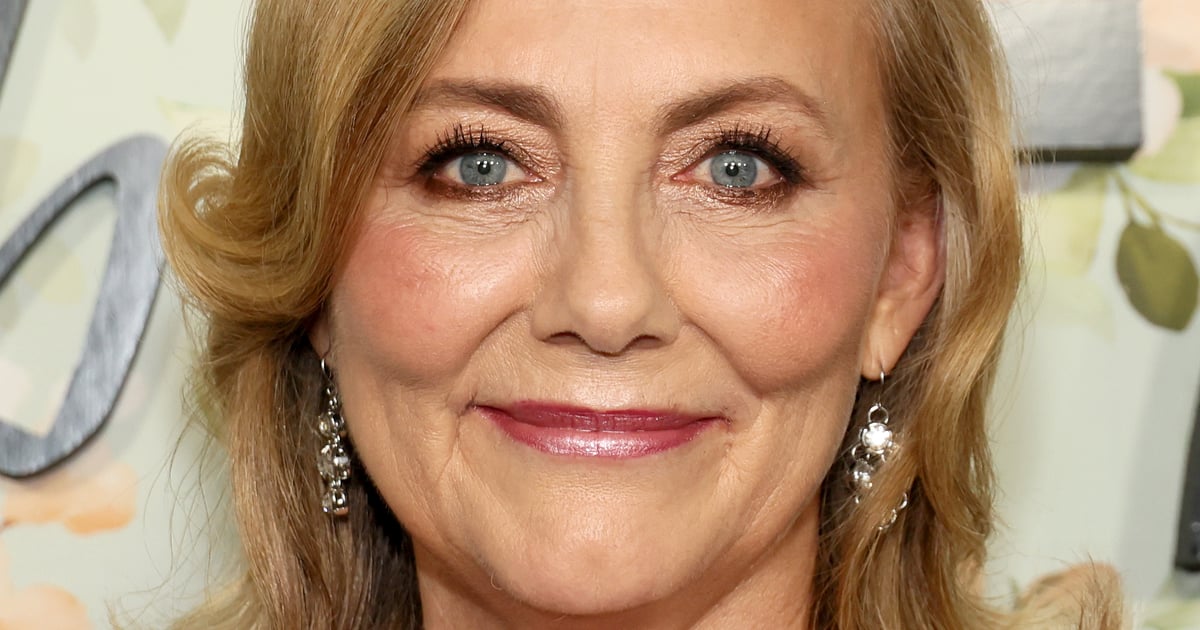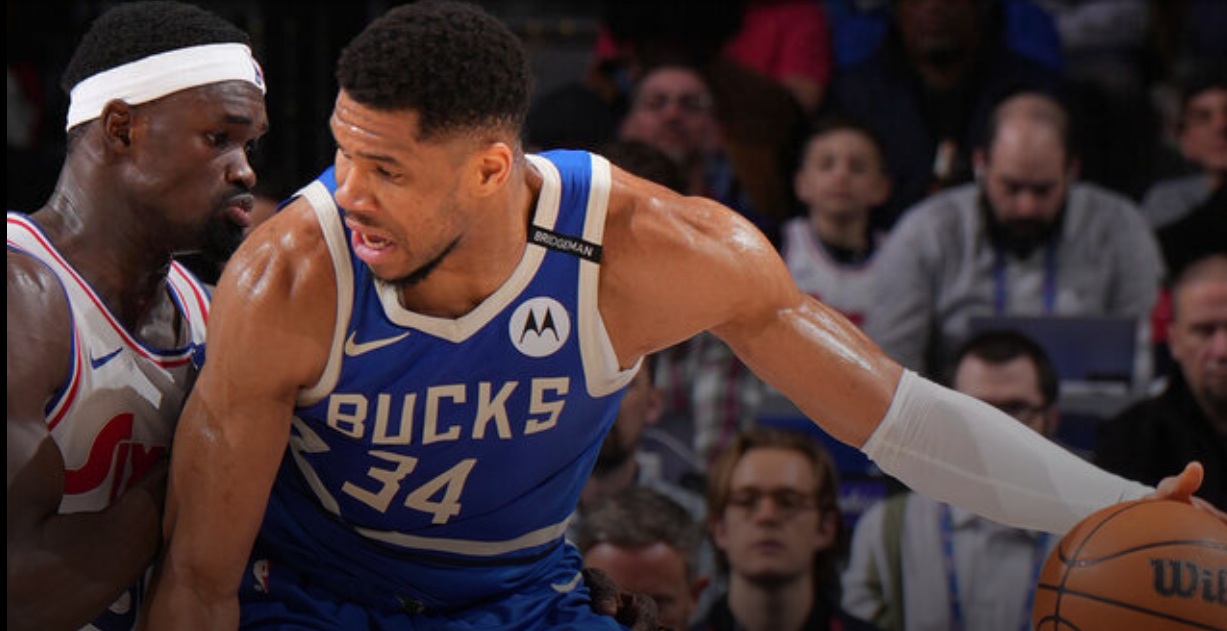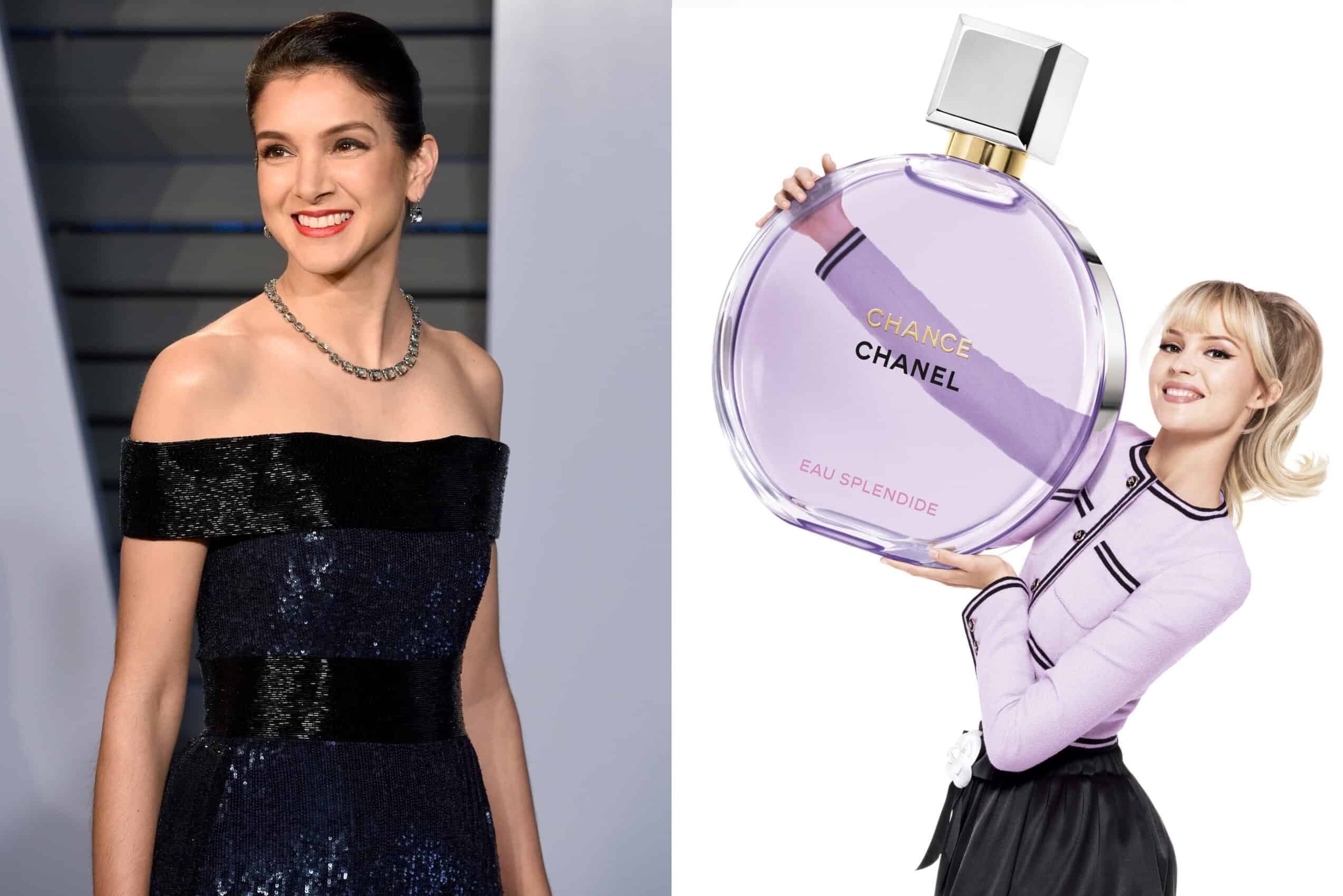I’ve always been obsessed with horror. From childhood, when I bunked with my siblings and primas, we told each other spooky stories in the middle of the night to rock ourselves to sleep. Every evening we would take turns telling stories, and the stories seemed to get scarier and scarier. When it was my night to tell a story to the group, I knew I had to bring the best jump scares. I’d find myself spinning stories until my sisters’ and primas’ bodies would tense up in fear. I knew then that horror stories were something I could weave. There’s something about having fear knotted up in your belly; it’s like riding a roller coaster and waiting for the thrill of the drop.
Horror has always been a part of my life, so it felt natural for me to work on a book like “The Black Girl Survives in This One.” My two brothers were obsessed with the genre and I was one of the youngest siblings, so it mostly fell on them to babysit me. As with most older siblings, my brothers lived to tease me. Everything was a joke or a moment to terrify. So it was natural for them to invite me to movie nights where we would watch films like “Candyman” (1992) featuring Tony Todd; “Child’s Play” (1988), where a white man uses voodoo to transfer his soul to a doll to escape the police; “Night of the Living Dead” (1968), directed by Bronx native George A. Romero; and “A Nightmare on Elm Street” (1984). While these movies scared the crap out of me, I found myself facing my fears head-on, to not only prove to my brothers that I could handle whatever they threw at me but to prove to myself that I could stare in the face of danger and survive.
Once I overcame my fears, I instantly started to love the gore — the jump scares were my favorite too. I became obsessed with how the actors, the movie scores, and everything played into the fear of everything. Horror is a genre where we can explore the things that freak us out, that don’t make sense, and that play on our fears. I’ve always found courage in watching these movies, and when I discovered slashers and the “final girl,” I longed to be one.
“The Black Girl Survives in This One” is an anthology collection of short horror stories, from ghost stories to zombie stories, from writers like Monica Brashears, Vincent Tirado, Zakiya Dalila Harris, Maika and Maritza Moulite, and others. It also includes a foreword written by the horror luminary Tananarive Due. There’s something for everyone in this book, and at the end, the main character — a Black girl — survives the horrors of the day. The bigger message we wanted to convey to readers, especially Black girls, is that despite the serious obstacles you may face in this life, you are strong enough to endure, survive, and still come out on top. We are not our fears, no matter how society might try to tell us otherwise.
While I love the horror genre, it has not been kind or inclusionary for Black, Indigenous, Latine, and other people of color. So I was inspired to write myself into the genre, to pen a story that featured a Black Latina who is fierce and equally loves the horror genre. In my short story, “Cemetery Dance Party,” I pay homage to all of the folks who sparked my love for horror, from Michael Jackson’s famous hit song and music video “Thriller” to Romero’s “Night of the Living Dead.” It was the first movie where I saw a Black person survive the horror of the undead, only to be shot by a white person at the end. That scene stayed with me. It’s haunting to believe that as a Black person, you could escape zombies, but you can’t escape white supremacy.
My first book, “Wild Tongues Can’t Be Tamed,” was a nonfiction anthology that examined diverse aspects of Latine identity, subverting myths and stereotypes about our cultures, and a dialogue on addiction, racism, and anti-Blackness within our community. It featured essays from bestselling and award-winning writers like Elizabeth Acevedo, Ingrid Rojas Contreras, Naima Coster, Natasha Diaz, Janel Martinez, and others. I was eager to continue the identity conversation and amplify Black voices across the diaspora. So it was an easy decision for me to want to tackle horror next, which has been so exclusionary for Black folks and people of color. After having a Zoom conversation with my coeditor of the anthology, Desiree S. Evans, we decided to center Black girls and have them be the “final girl” trope we’ve always wanted to see more of in cinema and books.
The process was pretty similar to my experience with “Wild Tongues Can’t Be Tamed,” but this time, we thought it was important to host an open call to discover new voices in horror. It was amazing to receive so many submissions; there are a lot of talented writers out there just waiting for the publishing industry to give them the opportunity to tell our stories.
Writing and editing “The Black Girl Survives in This One” was healing for my inner teen self, who went through so much in high school; at times it felt like I wouldn’t survive the pressure of making new friends, balancing schoolwork, and prepping for college courses. Writing my short story “Cemetery Dance Party” was very nostalgic because I got to write myself into a horror comedy story I always wanted to see. The story follows Alle, an Afro Latina from the Bronx who loves track but was recently injured and is healing so she can get back on the team and bring home the win for her squad. She’s also class president and tasked with hosting the senior class party. She decides to host it at the famous Woodlawn Cemetery, and well, it’s the perfect setting for chaos to ensue among teenagers with raging hormones and alcohol. Alle and her friends go through the gauntlet during the night, but she survives at the end, and that’s all that matters.
This is such an important read for Black women — including Latina readers — because we never get to see ourselves in genres like this. Just look at how all of the best shows that represented us were canceled, from “Lovecraft Country” to “The Horrors of Dolores Roach.” Even though those shows were badass, networks still decided that nobody could relate to Leti in “Lovecraft” and Dolores, but the twist is we did, and we wanted more. I want readers to know that they matter; they belong in horror, and “The Black Girl Survives in This One” is only the beginning of us inserting ourselves in the genre to come out on top as the heroes we deserve to be and see ourselves as!
Saraciea J. Fennell is a Black Brooklyn-born Honduran American writer from the Bronx. She is the editor and author of the anthologies “Wild Tongues Can’t Be Tamed” and “The Black Girl Survives in This One.” Her work centers on Black and Latine identity and has appeared on PS, Remezcla, Culturess, Refinery29, and Mitú.
You can view the original article HERE.

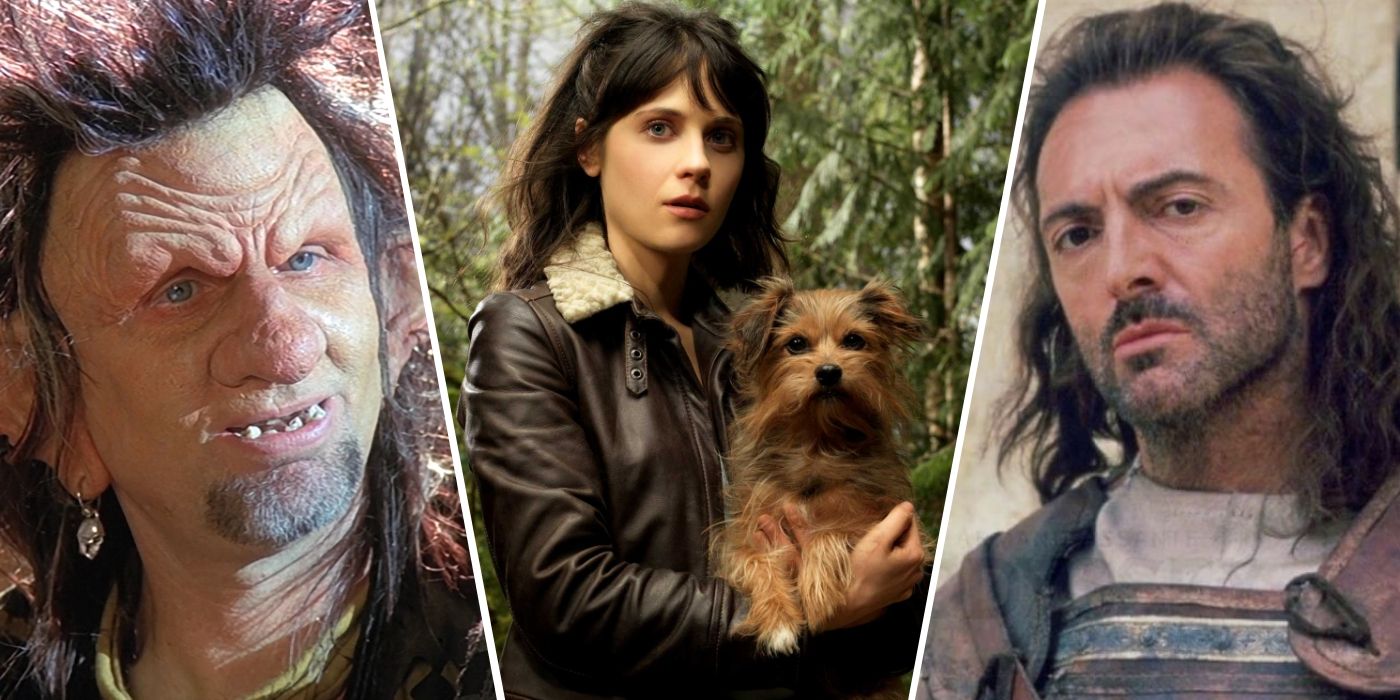
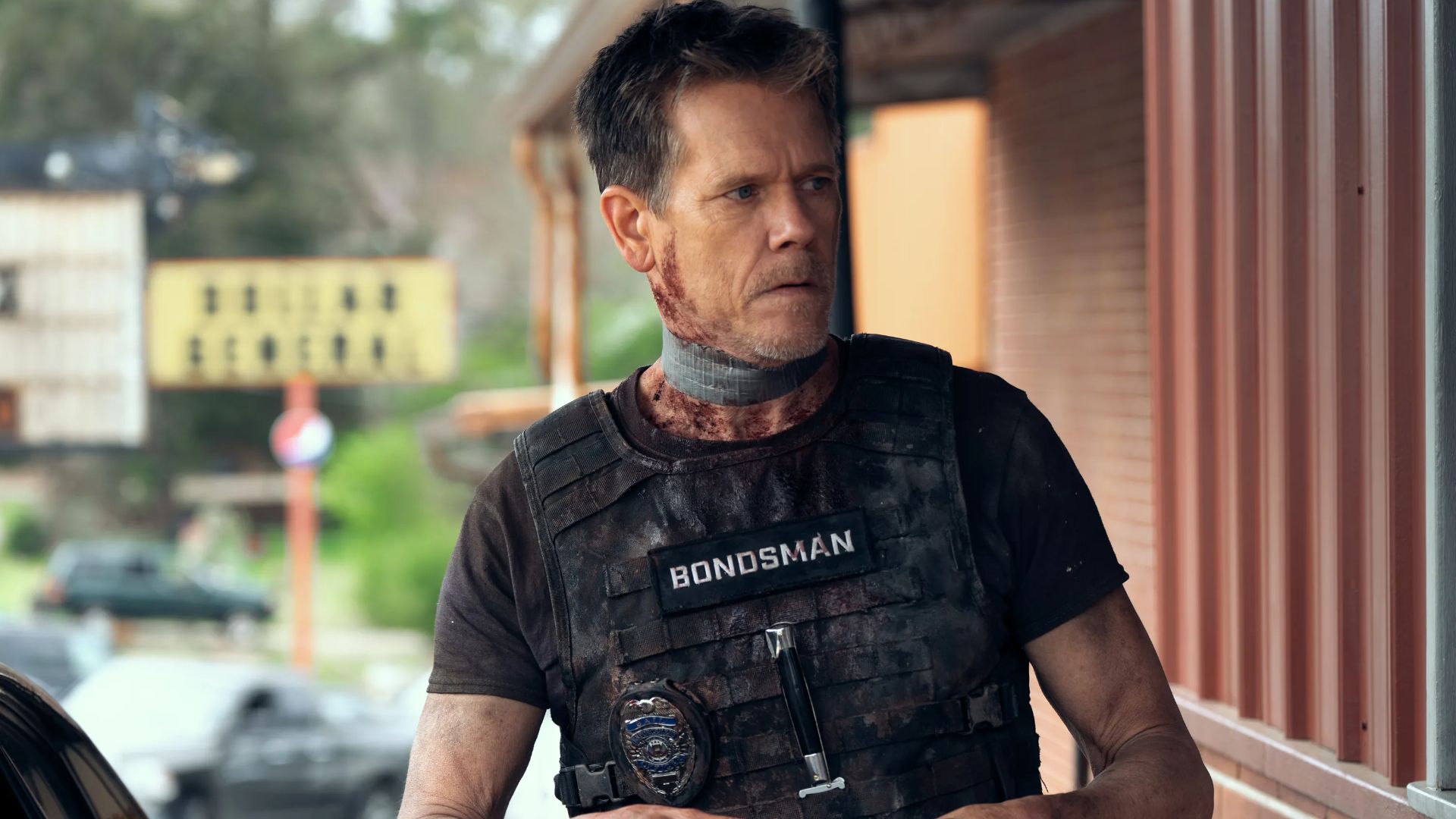



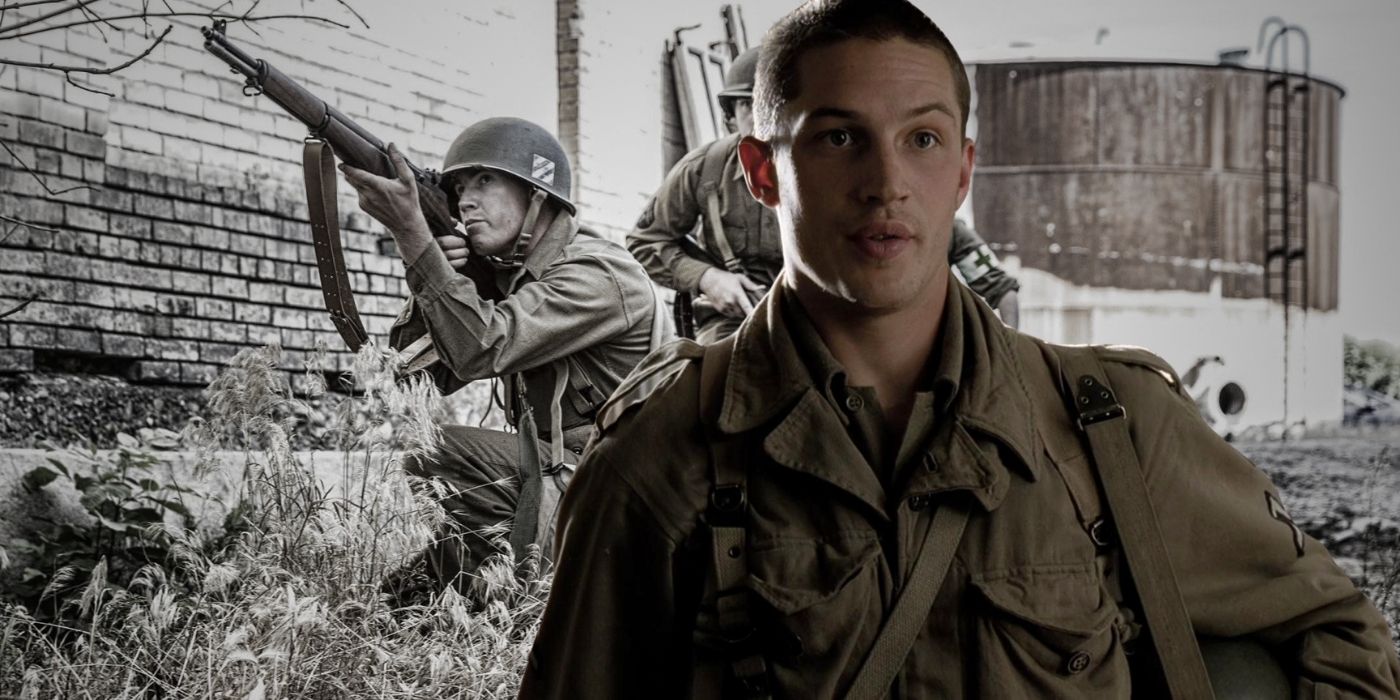
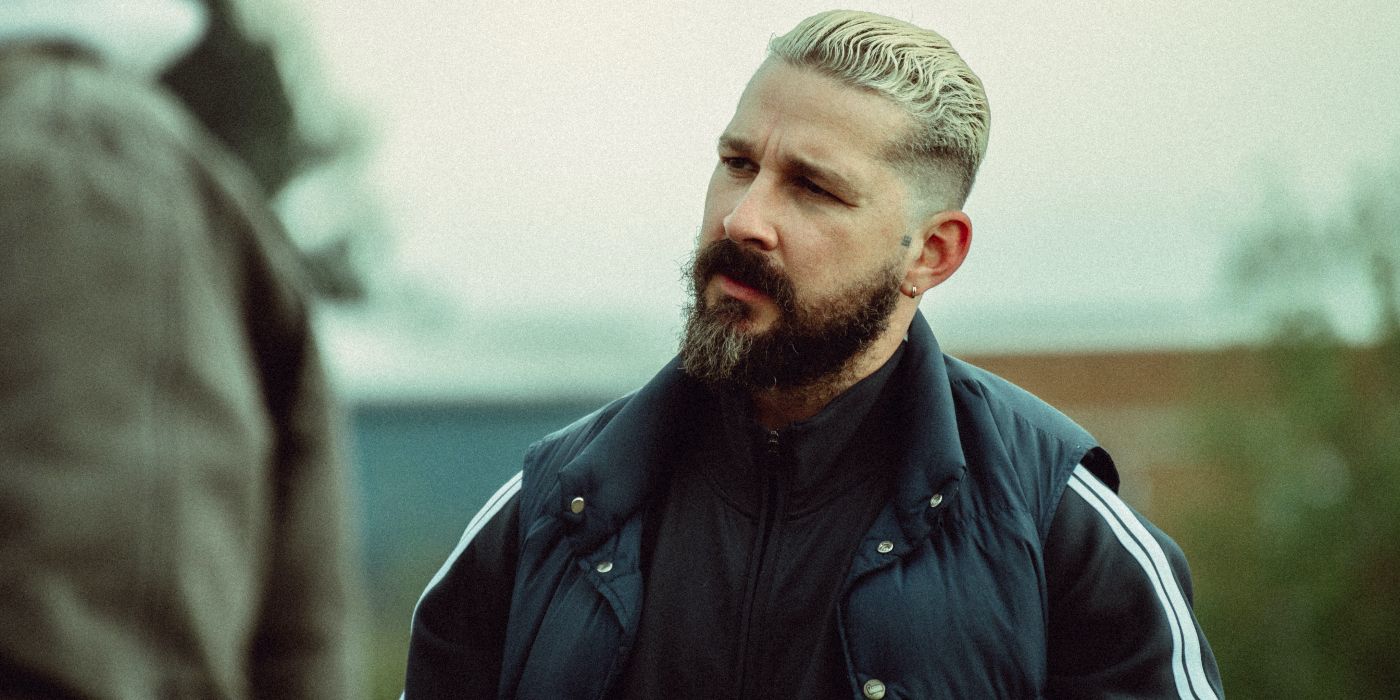






:quality(85):upscale()/2024/04/17/631/n/1922283/d8ef7150661fd808de9944.99705988_.jpg)


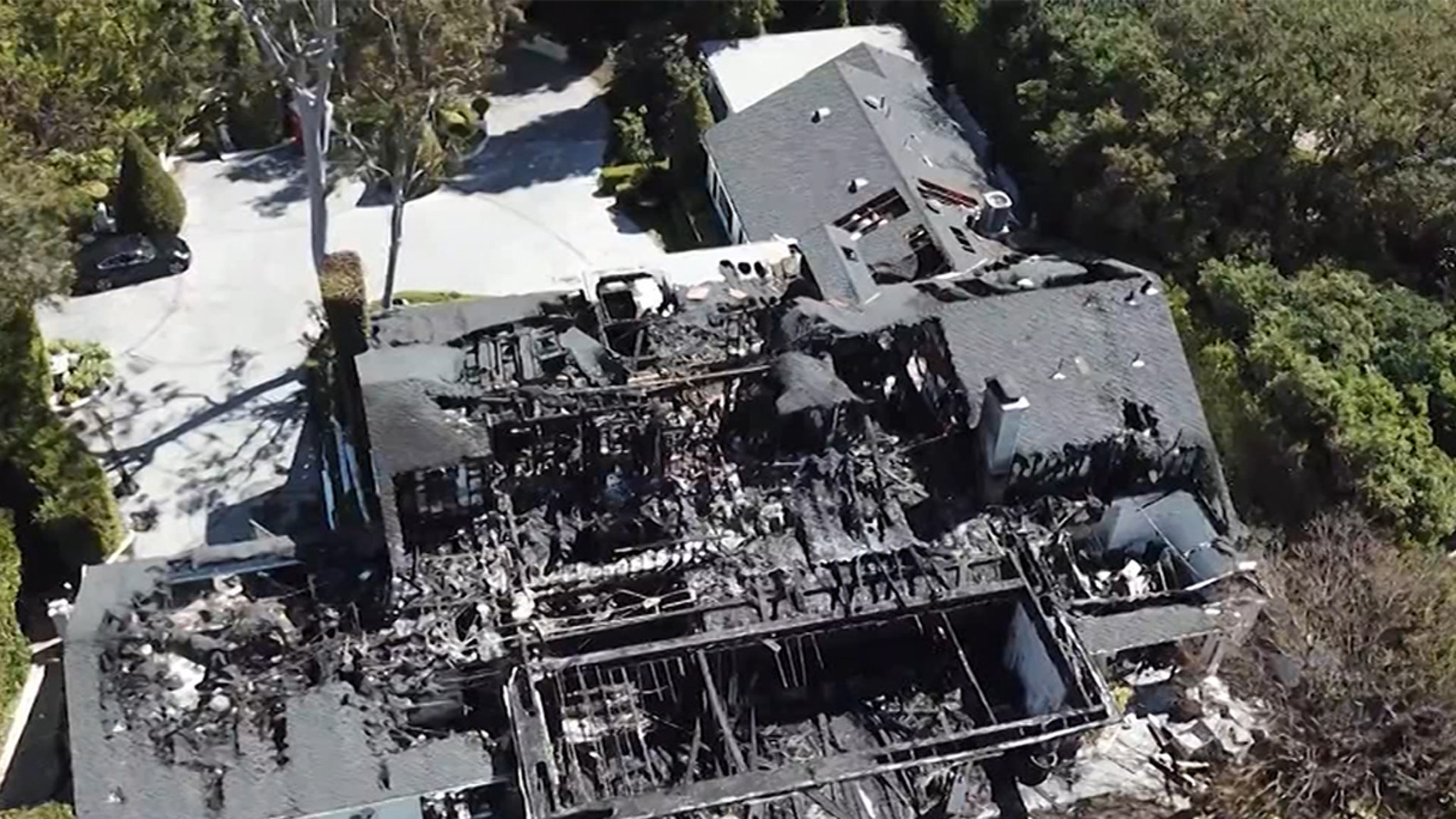
:quality(85):upscale()/2023/09/21/936/n/1922398/bc2a66d9650cb599335e52.72633163_.jpg)
